15 Animal Stories That Prove Kindness Is a Language Every Living Being Speaks

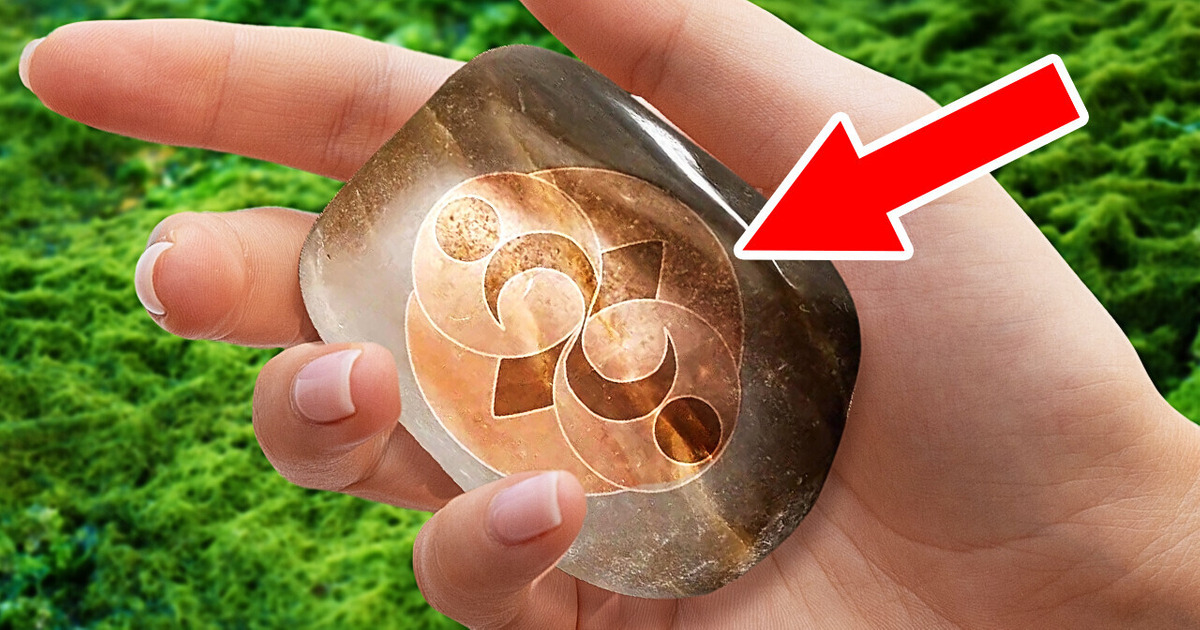
On August 2, 1996, huge mysterious patterns appeared on an agricultural field in Chiseldon, England. No one knew what kind of symbols those were and who left them. As soon as the local news reported this, people immediately began to make their guesses. The most popular version was a message from a civilization living on another planet.
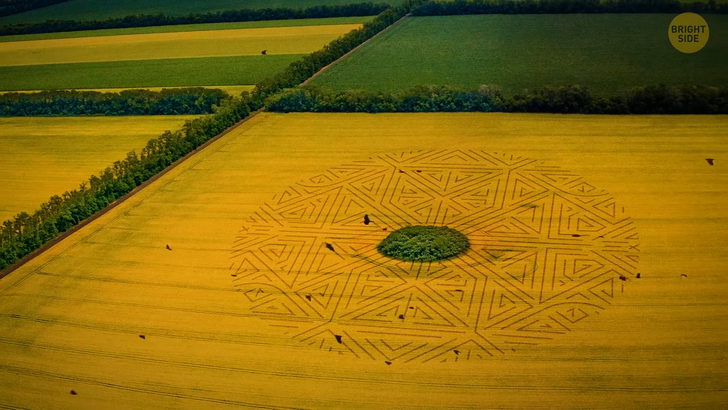
The first crop circles appeared in the 70s in many areas across the U.S. and England. Some compared these symbols to the writings of the ancient Maya. Others thought those were messages about the approaching apocalypse. But few doubted that their authors were from another civilization. But that geometric pattern in Chiseldon was different from all the others because of an event that happened 8 years later.
In 2004, a man from New Mexico found a strange stone 11 miles from Roswell. The rock had the same pattern on it as the crop circle in Chiseldon. It’s worth noting that Roswell became a famous place after — according to rumors and legends — a spaceship from another planet crashed there. Therefore, when the farmer found the stone and posted its photo on the Internet, many people thought it was part of that spaceship.
The stone was perfectly smooth, and the pattern was applied with incredible precision. But the most remarkable thing was its magnetic properties. It rotated counterclockwise when people put the magnet next to its northern part. When they left the magnet near the southern side, the stone turned in the other direction.
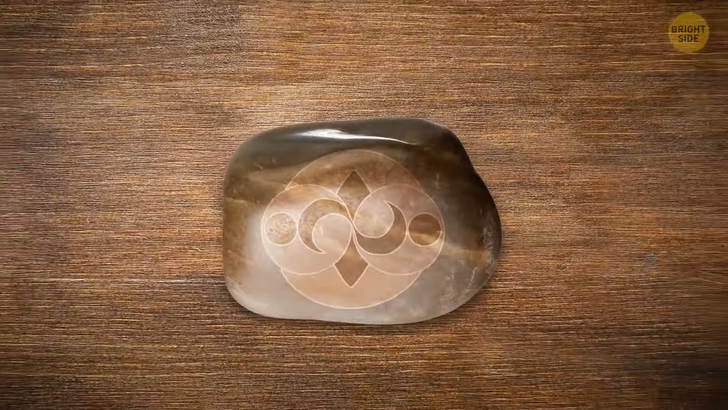
Computed tomography and X-rays showed that there hadn’t been any elements inside the stone that could cause rotation. It was just a smooth piece of rock. But was the Roswell Rock really part of a spaceship? To answer this question, we need to move to England — the year 1976.
An artist named Doug Bower met his friend Dave Chorley and invited him to create an impressive performance. At that time, people only learned about strange patterns in the fields from some books and records. And, of course, none of these cases had been confirmed. The two friends understood that all this was nothing more than myths. Therefore, they decided to draw a big pattern in a wheat field in Wiltshire.
They didn’t expect this drawing to become so popular. Many newspapers began to write about mysterious circles. Hundreds of reporters filmed it on cameras, and people watching TV were shocked. From that moment on, crop circles became a cultural phenomenon. People mixed facts with fiction and created more and more unbelievable legends. Someone said that they had seen mysterious lights in the sky above the circles.
In any case, those two friends continued to draw patterns and revealed their secret only in 2009. They also created the mysterious drawing in Chiseldon. But that Roswell Rock wasn’t their job. Anyway, they said that the stone was also a fake. Other artists could draw the same pattern on the rock using stone-cutting equipment.
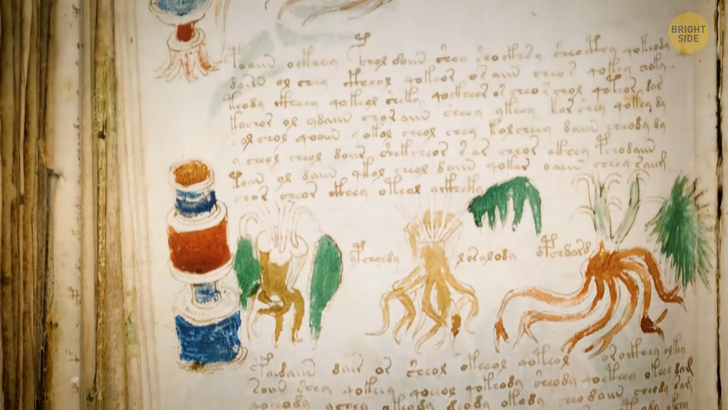
One of the most mysterious books in the world is the Voynich manuscript. Nobody knows who its author was, but they wrote it in the 15th century. No one can understand the contents of this manuscript, consisting of 240 pages, for more than 500 years. Just imagine, all the words were written by hand in an unknown language. Almost every page is decorated with strange images of female figures and weird unknown plants.
The book was first discovered in 1912 and immediately became a cultural phenomenon. Many scientists, polyglots, and historians have tried to decipher the language and understand its meaning. They put it on the Internet, so everyone could try to solve the mystery. And it seems that Nicholas Gibbs, a historian and writer, managed to do this. He spent many years studying medieval Latin language and literature.
Gibbs noticed the manuscript contained Latin abbreviations often used in Medieval medical treatises and reference books. Gibbs even found out that the book was a plagiarism of other, older medical reference works. He compared the Voynich manuscript with other Latin books and saw many similar words. Gibbs claimed that the manuscript was dedicated to women’s health. And the mysterious flowers were real herbs and plants. But it wasn’t that simple.
Nicholas Gibbs was one of many who put forward the theory. Many scientists recognized his version as banal and unconvincing. Other decoders claimed that some secret code was used in the manuscript. Some were sure that it was written by Dominican nuns. Others described it as a reference book on astrology and herbs. Anyway, you can find scans of the manuscript in high resolution on the Internet and try to crack the code.
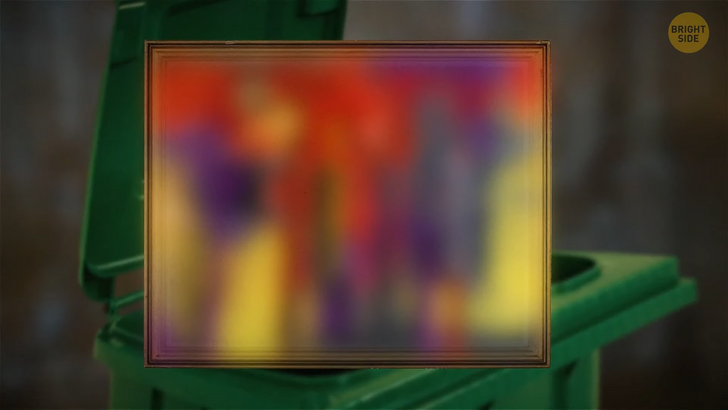
Imagine that you’re walking around New York and entering a dark, deserted alley. Then, you see some canvas with a beautiful picture on it lying in a trash can. You don’t really understand what exactly is depicted there. But you still feel some power of art emanating from it. You take the painting home and hang it on the wall.
It’s been hanging there for almost 4 years. Then, you publish a photo with the painting on the website with antiques and discover that this picture is a missing masterpiece worth $1 million! This is a real story that happened to a New Yorker in 2003. Famous Mexican artist Rufino Tamayo painted this picture, called “Three People,” in 1970.
One collector bought it as a gift for his wife. But in 1989, someone stole the work while they were moving to a new house. It was possible that the thief didn’t appreciate this piece of art or couldn’t find a buyer, so they threw it into the nearest trash can. The woman who found it returned the work to the owner and received a $15,000 reward.
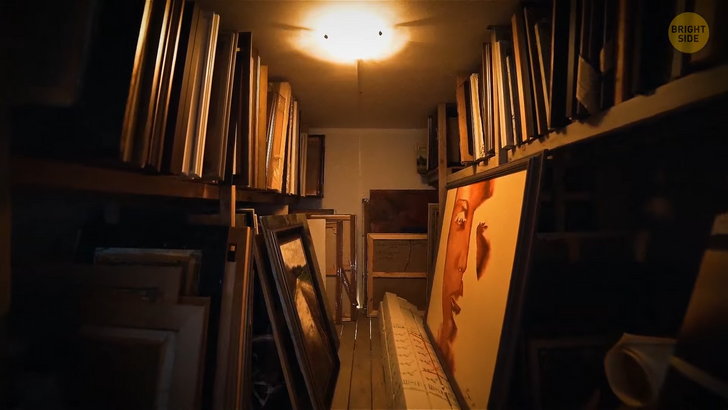
Expensive paintings often end up in garbage cans. Van Gogh gave his works to various people, but they didn’t take them seriously at that time. When these paintings were found many years later, they were estimated at dozens of millions of dollars. For example, the artist gave his doctor his portrait. The doctor was horrified by the painting.
Perhaps he didn’t like the red shade of the hair. He gave the portrait to his mother, and she found a use for it. She covered the hole in her chicken coop with the picture. For more than 10 years, chickens had been running under the work of art. Then, another artist found the painting. He paid the doctor pennies for it. Now it’s estimated at $50 million.
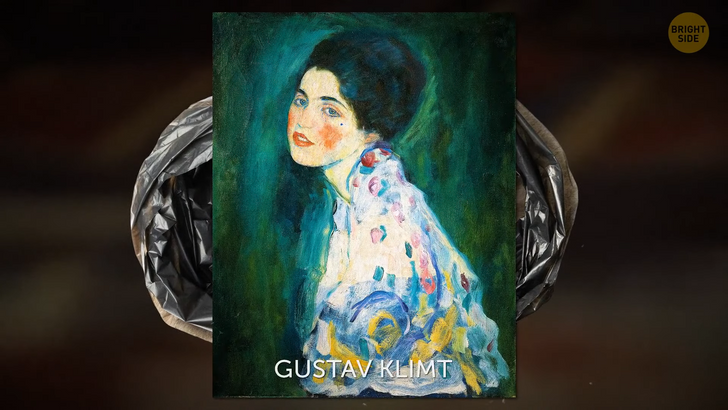
A similar case with a discarded work of art occurred in Italy. One gardener worked at the Ricci Oddi Gallery of Modern Art. He was removing ivy from the building’s walls and found a rusty metal door in the thicket. He opened it and got into a dark room. There was a garbage bag lying there.
The gardener wanted to throw it in the trash but decided to look inside first. And he found the lost work of famous artist Gustav Klimt. During the renovation of the gallery in 1997, someone stole the painting “Portrait of a Lady.” It turned out that the thief had never taken it out of the building. Its value is estimated at $66 million.
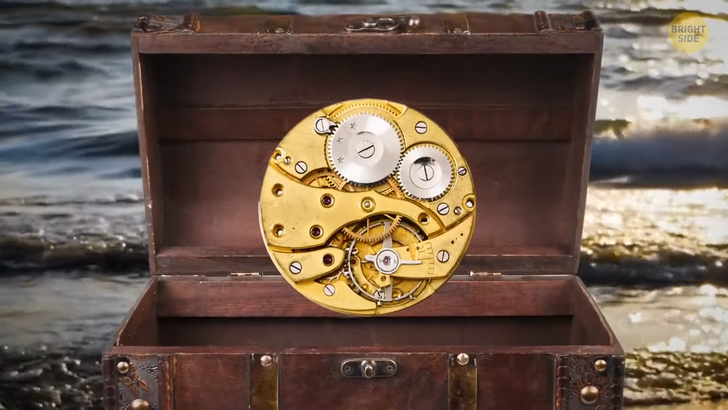
In 1901, collectors of sea sponges discovered a mysterious chest in the sea waters near Greece. There was a strange object inside, similar to a mechanical watch and the size of a shoebox. The finding attracted the attention of archaeologists. They quickly established that this item was created in Ancient Greece about 2,200 years ago.
They called it the Antikythera [anti-khe-FI-ra] mechanism. Now it’s in the National Archaeological Museum in Athens. Scientists have found out that this object is only 82 fragments — one-third of the original mechanism. It’s still unknown who created it and how it works. But experts think it was a mechanical computer with bronze gears and other parts.
People used it for astronomical calculations. The device could track the movements of the Sun, the Moon, and five planets of the Solar System. Experts are still trying to figure out all the properties of this machine. It’s considered to be the oldest computer on Earth. It proves that the level of technology two thousand years ago was much higher than we could imagine.











